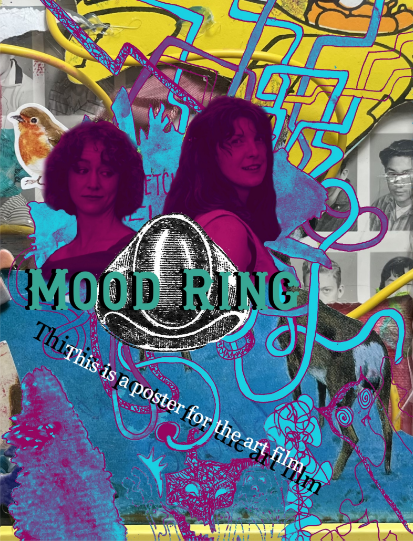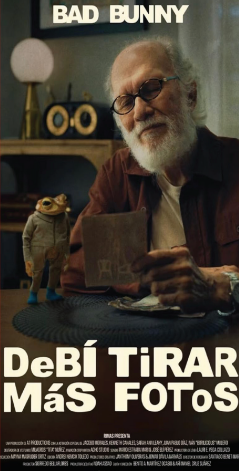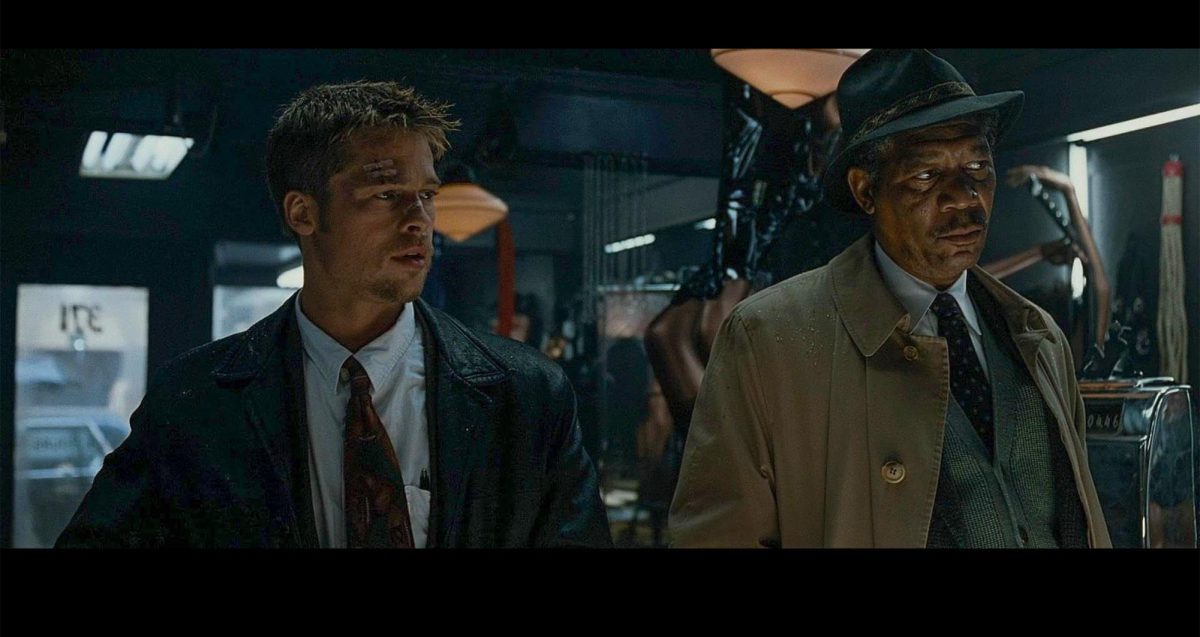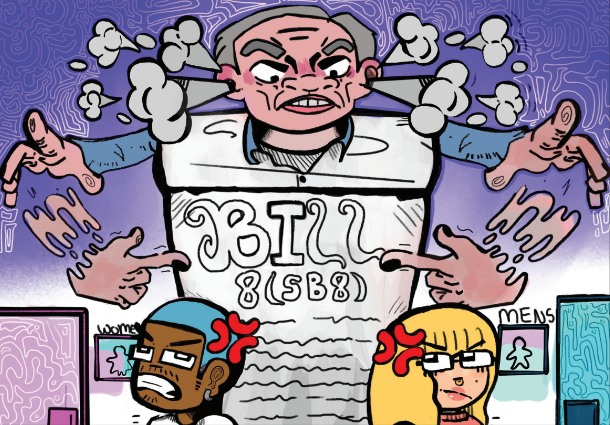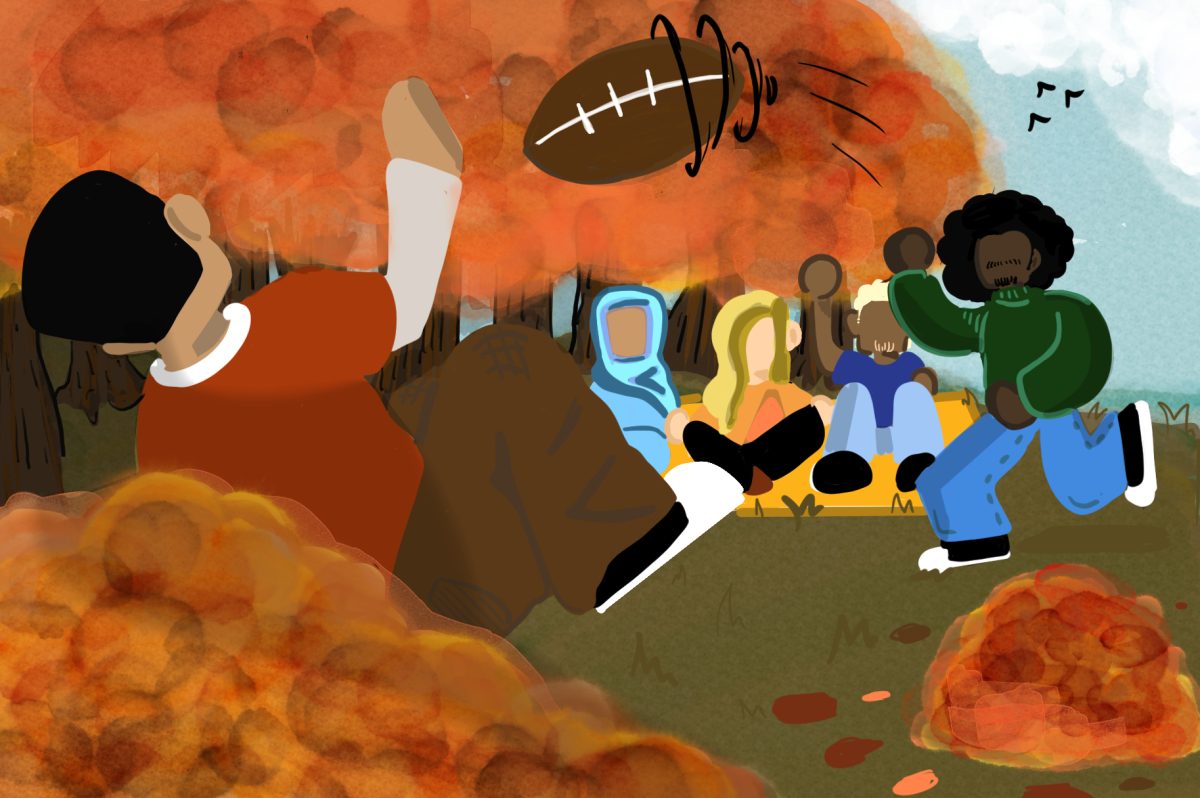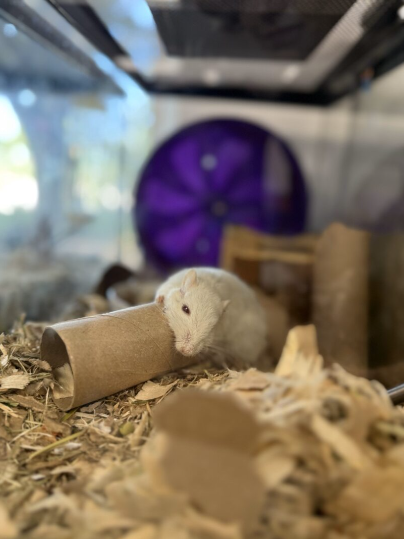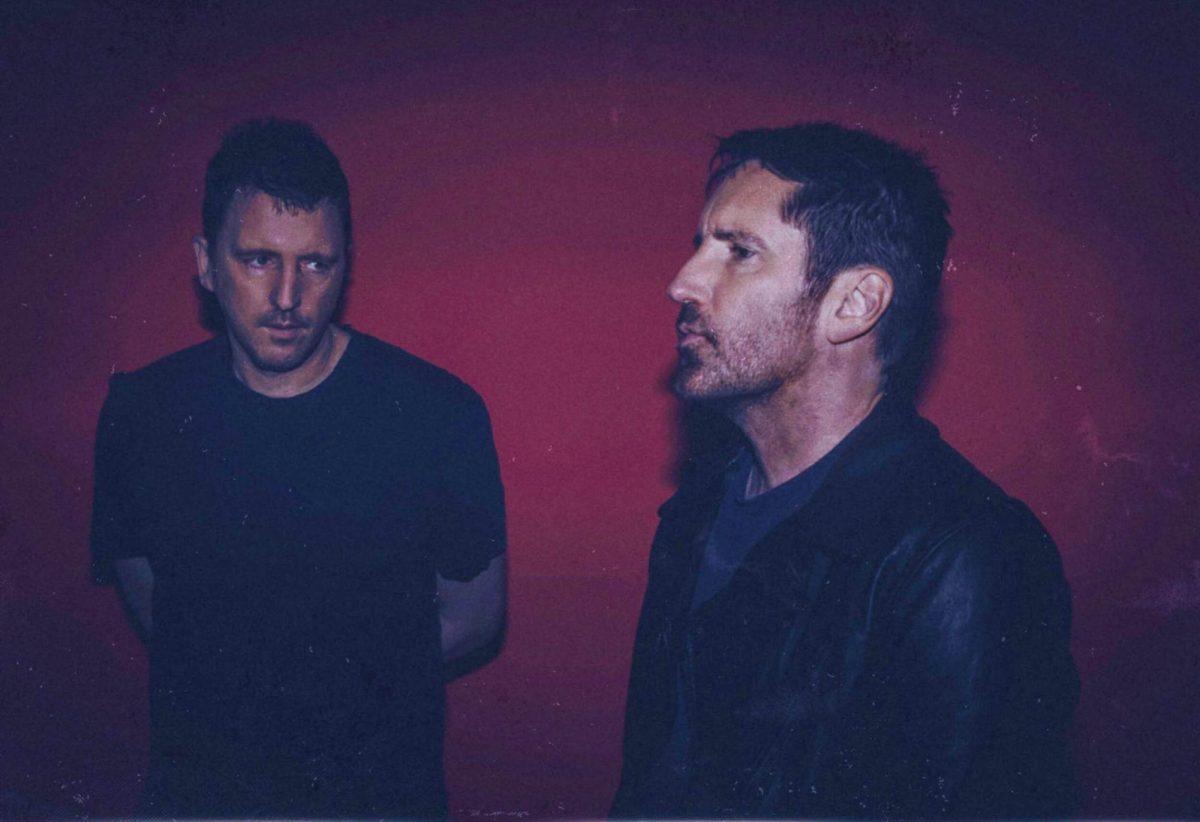Brimming with thrills and gore, Fede Alvarez’s “Alien: Romulus” hits all the notes of a modern horror film but misses the mark with its indecisiveness.
Set between the original “Alien” (1979) and its sequel “Aliens” (1986), “Romulus” follows Rain (Cailee Spaeny) and her synthetic brother figure, Andy (David Johnsson), as they find a way to escape forced labor on a mining colony.
They are recruited by ragtag group of other teenagers with a plan to loot cryopods from an abandoned space station and make the long trip to another planet.
This being an “Alien” movie, however, they run into a few xenomorph-shaped problems.
“Romulus” is a return to the formula of the 1979 film: a group of people in an enclosed space are hunted down by the perfect
organism. Many of the film’s story beats are nods to the original, but Alverez brings his own modern style to this beloved franchise.
Alvarez’s direction leads viewers at breakneck pace through hallways soaked in reds and blacks.
The lighting, colors and editing create an atmosphere of non-stop dread that leaves audiences guessing when the next scare would be.
The film also marks a return of ‘70s inspired aesthetics with all the flashing buttons and levers that come with it. This is a breakaway from the sleek, futuristic design in the prequel films and is a welcomed change from current sci-fi trends.
The strongest aspect of the film is its design of the series antagonist. Many discussions of the film emphasize the use of practical effects, and it did not disappoint. Using a combination of CGI and practical effects, the xenomorphs have never looked more horrifying as they stalked their prey from the shadows.
The film also features compelling performances performances by Spaeny and Johnsson. Their characters’ fight for survival against the xenomorphs is the emotional core of the film, and the actors play it convincingly.
The other characters, however, are where the film falters.
The original film followed a colorful group of mercenaries with their own personalities and quirks.
Even as the film emphasized the resilient Ellen Ripley, other characters still got time in the spotlight, and each played important parts for the story.
In contrast, the viewers never get a sense of who the characters of “Romulus” are and what their motivations could be. The film gave each of the characters besides Rain and Andy little time to develop and become memorable.
The film also suffers from trying to be too much at once.
Alvarez tries to combine both the long, built-up tension of the original film along with the action aspect of its sequel.
This makes for a confusing pace as the tense scenes of the film aren’t allowed to draw the viewers into enough of a state of apprehension before the pay-off comes.
Even the best scenes could have been better with a longer gap between scares.
That is not to say “Romulus” isn’t fun. The climactic scene at the end is one of the best ends in the entire franchise. It is a
step in the right direction for a franchise that has been in a rut since the prequel films.
With its stunning visuals and constant excitement, both old and new fans can get something from this film. Alvarez does a good job at modernizing aspects of the original film while not being just another nostalgia cash-grab.
The film’s problems rests in its indecision— does it want to be the new Ridley Scott or James Cameron “Alien.” In the process, it fails to be either.


